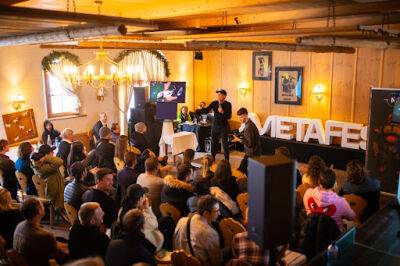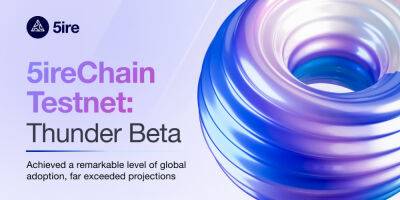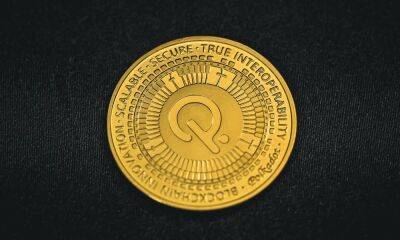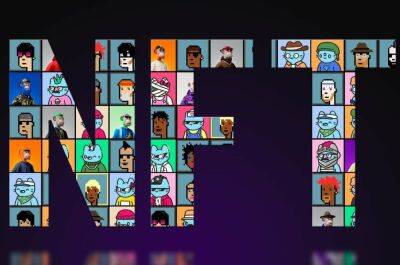The Graph sees an uptrend in delegations; reasons aren’t very surprising
The Graph [GRT] is a decentralized protocol that allows users to query and index data from numerous blockchains. These services are provided by a network of nodes known as Indexers.
Indexers must stake GRT tokens as collateral to join the network, and they can either stake their tokens or delegate them to third parties. Yet, the network is progressively seeing more delegators than stakeholders.
How many are 1,10,100 GRTs worth today
Staking adds GRT tokens to the protocol as security to join the network as an Indexer. To ensure that they are motivated to act in the network’s best interests, Indexers stake their tokens, effectively locking them up as collateral.
As opposed to this, delegation gives someone else the right to stake your GRT tokens on your behalf. It enables people to participate in the network and earn rewards even if they want to run something other than their own Indexer.
They lend their tokens to the Indexer to utilize as collateral when they delegate them to an Indexer.
According to Dune Analytics data, the network has always had more delegators than stakers. The prevalence of delegations may be due to how simple it is to hand over GRT tokens to others rather than dealing with the technicalities of staking.
As of the time of writing, there were about 1 billion delegates and 500 million stakeholder participants.
Source: DuneAnalytics
According to statistics from staking rewards, the entire amount of GRT staked as of this writing was 26.41%. In addition, as of the time of writing, the staked GRT had a market value of nearly $311 million.
And according to information from CoinMarketCap, the entire market cap was over 990 million.
Realistic or not, here’s GRT market cap in BTC’s terms
Although The Graph
Read more on ambcrypto.com














